QUEEN Elizabeth died peacefully at Balmoral, just 18 months after Prince Philip – her “strength and stay” throughout her long reign.
The couple were married for 73 years and the Queen described him as “her rock.”
Their romance sprang out of a summer encounter at the Britannia Royal Naval College in Dartmouth in 1939
The young Elizabeth was smitten when she first met her future husband, and theirs was undoubtedly a great love story.
He was a dashing naval cadet with royal roots and she was a young princess who would one day be queen.
The Royal Family had known the blond-haired, blue-eyed Prince Philip of Greece and Denmark since he was a boy.
Both Elizabeth and Philip were great-great-grandchildren of Queen Victoria.
Elizabeth first met him in 1934 at the wedding of Philip’s cousin to the Duke of Kent, Elizabeth’s uncle.
But the couple’s first significant meeting was while Philip was a naval cadet at Dartmouth College in July 1939, when he was 18 and Elizabeth had just turned 13.
She owned this encounter to the Prince’s uncle Louis, born a Prince of Battenberg but renamed Mountbatten and given the courtesy title Lord in 1917.
He was a great-grandchild of Queen Victoria and a cousin to King George VI – Elizabeth’s father.
The decision that Philip should join the Royal Navy and not, as he had first chosen, the RAF, had been Mountbatten’s.
It would prove significant when the King and Queen Elizabeth (later the Queen Mother) and the two princess Elizabeth and Margaret, accompanied by the King’s aide-de-camp Captain Louis Mountbatten, made an official visit to BRNC on the Royal Yacht Victoria and Albert, where Philip was stationed as a cadet 83 years ago.
Philip was introduced to Elizabeth at the house of the captain of the college, later Admiral Sir Frederick Dalrymple-Hamilton.
The captain recorded the visit in his diary, mentioning tea of ‘traditional raspberries and cream mixed with strawberry ice’ on Saturday, July 22, and croquet on the lawn of the captain’s house the following day.
Two of the other cadets due to be there had contracted mumps, so Philip was the only cadet allowed to meet the royal visitors.
Handsome, blond-haired and athletic, with Nordic good looks and fine features, Philip caught Elizabeth’s eye as he entertained her on the tennis court.
He had joined the princesses playing with a clockwork train on the nursery floor, but soon got bored with the childish amusement and suggested going to the tennis courts and jumping over the nets instead.
He was confident and, according to Marion Crawford, the Princesses’ governess, ‘showed off a good deal’. “But the little girls were much impressed,” she wrote.
But the princess was entranced. “She never took her eyes off him the whole time,” wrote ‘Crawfie’.
“How good he is, Crawfie. How high he can jump,” the princess remarked.
Philip also joined the Royal party on the Royal Yacht moored in the River Dart for lunch, doing the same the next day, and Elizabeth was seemingly smitten.
“Philip accompanied us and dined on board,” Mountbatten noted briefly in his diary on July 22, adding on the 23rd that: “Philip came back aboard V and A for tea and was a great success with the children.”
That fateful meeting at BRNC was the “catalyst” to the Queen and Prince Philip’s enduring love, Dr Jane Harrold from the Britannia Museum told the BBC.
“They had met before, but this was the first time they had any quality time to spend together, and Elizabeth has since written that it’s the first time she remembers meeting Philip,” Dr Harrold said.
“It’s from this point that she’s in regular correspondence with him and that carries on throughout the war.
“It’s a bit of a slow burner but then that’s what you might expect given Elizabeth’s age at the time.”
The meeting laid the foundation for a firm friendship; they exchanged letters for several years, with Philip calling Elizabeth by her nickname ‘Lilibet’.
When the Prince graduated from Britannia Royal Naval College in 1940, he was named the best cadet on his course. He then served with the Royal Navy during the Second World War, during which time Elizabeth kept a photograph of her handsome Prince in his naval uniform.
In 1943 they were enough of an item for Philip to be invited to spend Christmas with the family at Windsor.
By the time he and the Princess were in their twenties, their friendship had blossomed into love.
Their engagement was officially announced when Princess Elizabeth had reached the age of 21 and returned from a tour of South Africa.
They were married in Westminster Abbey on 20 November 1947 and Princess Elizabeth was crowned Queen Elizabeth II five years later in February 1952.
They went onto to have four children: Prince Charles, Princess Anne, Prince Andrew and Prince Edward.
On their golden wedding anniversary in 1997, the Queen said about Philip: “He has, quite simply, been my strength and stay all these years.”
Dartmouth always held a special place in their hearts and the couple returned in 1949 when Princess Elizabeth opened the new College Way.
As Head of the Armed Forces, the Queen made a series of royal visits to the historic harbour town and its naval training academy.
When the Queen gave a speech in Dartmouth in 2008, she emphasised: “My grandfather, father, husband and two sons have all undergone training here, and I have had many visits over the years.”
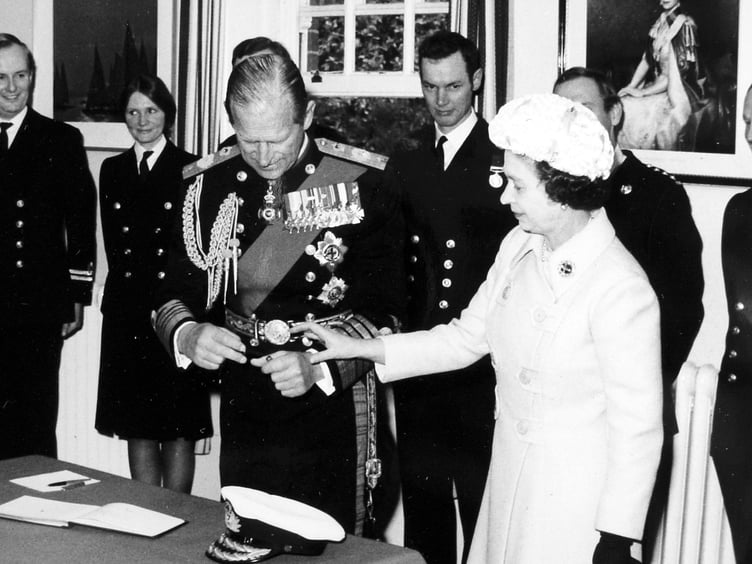
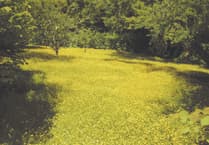
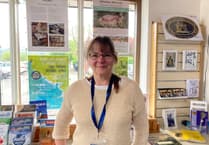
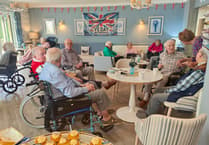
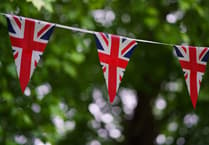
Comments
This article has no comments yet. Be the first to leave a comment.